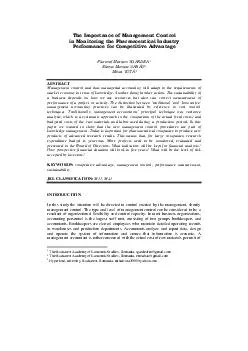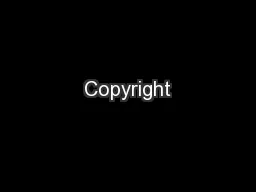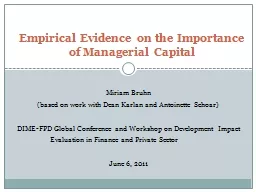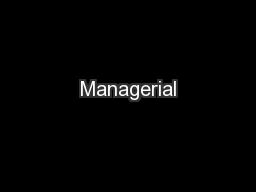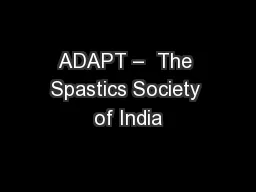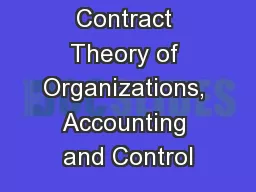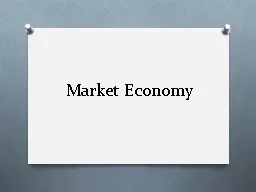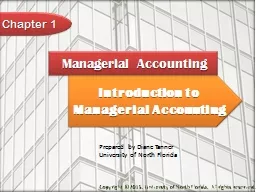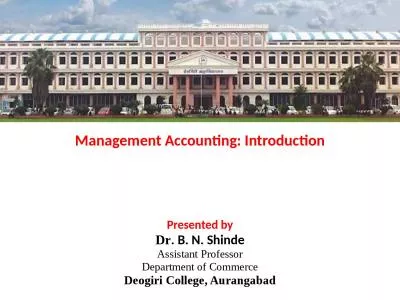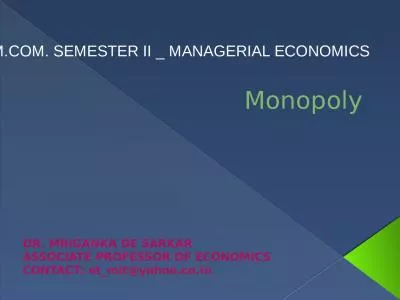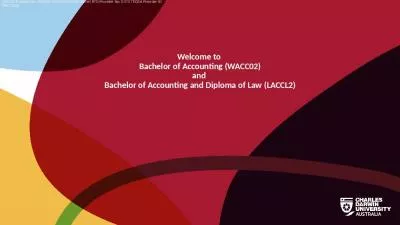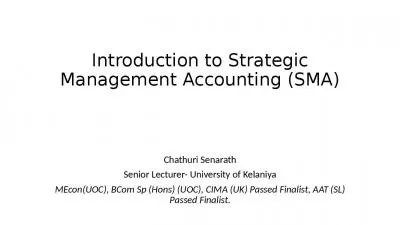PDF-ABSTRACT Management control and thus managerial accounting will adapt to th e requirements
Author : phoebe-click | Published Date : 2014-12-18
Another thought other action The sustainability of a business depends on how we use resources but also can correct measurement of performance of a project or activity
Presentation Embed Code
Download Presentation
Download Presentation The PPT/PDF document "ABSTRACT Management control and thus man..." is the property of its rightful owner. Permission is granted to download and print the materials on this website for personal, non-commercial use only, and to display it on your personal computer provided you do not modify the materials and that you retain all copyright notices contained in the materials. By downloading content from our website, you accept the terms of this agreement.
ABSTRACT Management control and thus managerial accounting will adapt to th e requirements: Transcript
Download Rules Of Document
"ABSTRACT Management control and thus managerial accounting will adapt to th e requirements"The content belongs to its owner. You may download and print it for personal use, without modification, and keep all copyright notices. By downloading, you agree to these terms.
Related Documents

